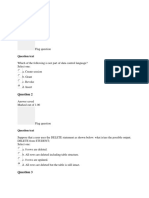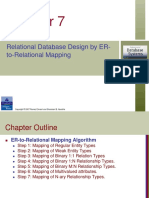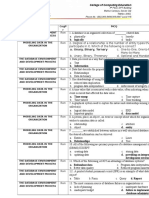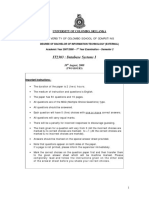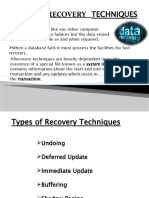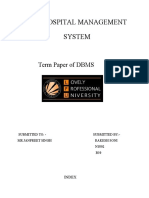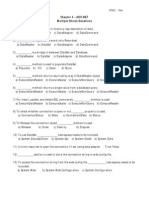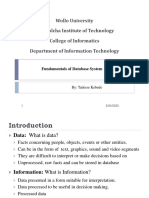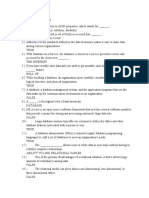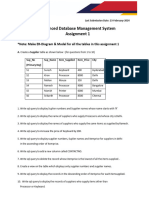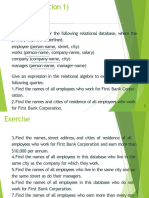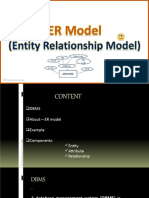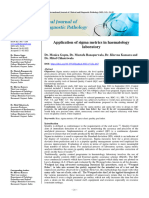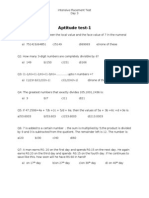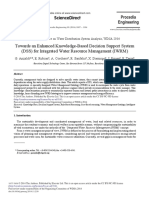0% found this document useful (0 votes)
176 views79 pagesChapter 3 Conceptual Database Design and E-R Modeling
Chapter 3 covers conceptual database design and entity-relationship (E-R) modeling, detailing the steps to build a conceptual data model and the components of E-R diagrams. It explains the identification of entity types, relationships, and attributes, along with their mapping to relational tables. The chapter also discusses enhanced entity-relationship models and provides guidelines for naming entities, attributes, and relationships.
Uploaded by
yonatanberihun3962Copyright
© © All Rights Reserved
We take content rights seriously. If you suspect this is your content, claim it here.
Available Formats
Download as PDF, TXT or read online on Scribd
0% found this document useful (0 votes)
176 views79 pagesChapter 3 Conceptual Database Design and E-R Modeling
Chapter 3 covers conceptual database design and entity-relationship (E-R) modeling, detailing the steps to build a conceptual data model and the components of E-R diagrams. It explains the identification of entity types, relationships, and attributes, along with their mapping to relational tables. The chapter also discusses enhanced entity-relationship models and provides guidelines for naming entities, attributes, and relationships.
Uploaded by
yonatanberihun3962Copyright
© © All Rights Reserved
We take content rights seriously. If you suspect this is your content, claim it here.
Available Formats
Download as PDF, TXT or read online on Scribd
/ 79











